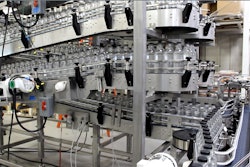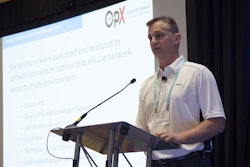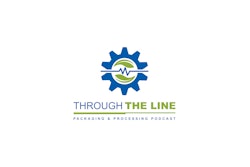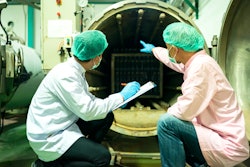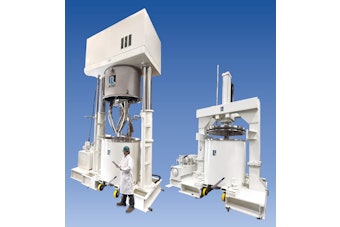
That’s right — overall equipment effectiveness (OEE) isn’t the solution! OEE is important, but it is more of an indicator of your holistic process execution, then it directs your journey to improvement. It shows how tight the relationship between all parts of your facility are working in harmony.
The true power of the measure comes in the form of the components making up OEE: availability, performance and quality. These are the true guiding points where your sustainable improvement efforts should be focused.
Examine the components to find out which one is the lowest, which one will bring you the best return on investment, and which one is feasible within resource and capital restraints. Once you have determined which components you are initially going to focus on, drill down to find the indicators which guide you, and delve into the data that goes into calculating that component.
Besides providing vital, focused CI (continuous improvement) information, there are several processes that can be executed that can highlight CI opportunities as well as identify the quick fixes that will drive efficiencies in the right direction. Some of the day-to-day, week-to-week, quarterly and yearly activities that will help this identification include:
- Real-time information for plant floor engagement.
—Instant feedback to the operation of the asset can immediately affect OEE.
—Taking hourly data to the operators and maintenance every two hours uncovers defects and helps prioritize fixes to equipment or process.
—This step begins to build ownership in the equipment — and operator asset care.
- Daily results by shift.
—Makes the shift aware of the results of its efforts and uncovers opportunities.
—Optimizes production and maintenance schedule execution.
—Weekly staff meetings evaluate effect on OEE by:
- Scheduling of production.
- Execution of the maintenance schedule.
- Effectiveness of operators.
- Performance of the assets.
- Decisions on potential rebuilds or replacements.
- Quarterly and yearly business reviews.
—Corporate:
- Production planning – base the allocation of product scheduling using the historic OEE of the plants.
- Capital planning – make informed decisions on where to spend capital.
—Plant:
- Effectiveness of maintenance process execution.
- Identify training opportunities.
- Plan for rebuilds and/or replacements.
- Identify possible process changes.
If you are looking for proven tools to provide potential financial gains for your OEE efforts, two of the best are the OpX Leadership Network’s OEE Starter Tool and the OEE Benefits Calculator.
The OEE Starter Tool provides the size of the prize by providing a minimal amount of information readily available in any plant:
- Annual units produced on line.
- Annual line production hours.
- Annual production labor wages and benefits.
- Target production speed in budget units per hour.
- Target percent reduction in efficiency loss.
With this information, you get the approximate savings you expected by reducing efficiency loss. Using these results, you can determine whether the project is worth the effort and if the results can be used as part of your capital request. If you determine the project is worth the effort, move on to the OEE Benefits Calculator. More data is required for this tool, but the data should be available in most plants. Here you will be able to enter actual loss data on downtime, quality loss, performance loss, as well as material and other losses. Once the actual data has been entered, you then enter the expected improvement for any of the categories, and the tool will accurately provide the savings you can expect.
Both tools are built in Excel to simplify the process. These tools, along with other powerful aids to benefit your facility, can be downloaded for free at www.opxleadershipnetwork.org.
When using OEE and the components, some of the processes that are sometimes overlooked include:
- Improvement of preventive maintenance tasks and timing.
- Improvement of predictive maintenance execution.
- Combining data collected for process execution with data around performance and downtime.
- Line balancing.
For this to succeed, there must be a symbiotic relationship and active communication between all departments, and a solid, integrated plan for the execution of the conversion process.
As stated at the beginning of this article, OEE is not the solution. It is a metric that demonstrates the harmony of all activities within your facility. Solid OEE information, along with the details of the components, will strengthen your asset reliability efforts and increase your efficiencies and productivity.
Think asset reliability, not maintenance. Be driven by opportunity, not circumstance!

